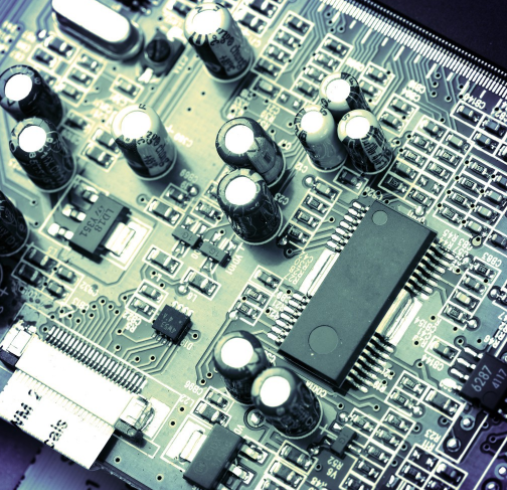
Analysis of Routing Strategy in High Speed PCB Design
The routing strategy in the analysis is that the differential pair of high-speed PCB boards works by making the received signal equal to the difference between the two complementary signals and the reference signal, thus greatly reducing the impact of electrical noise on the signal The working principle of single ended signal is that the received signal is equal to the difference between the signal and the power supply or grounding. In this case, the noise on the signal or power supply system cannot be effectively eliminated This is why differential signals pair with high-speed signals, and why it is used for fast serial bus and dual data rate memory
PCB board

In a differential pair, the positive and negative must always move along the transmission path in the same environment The positive and negative electrodes must be closely connected so that the positive and negative signals are coupled through the electromagnetic fields at the corresponding points on these signals The difference pairs are symmetrical, so their environment must also be symmetrical Of course, perfect symmetry is impossible, because at least there are dimensional tolerances However, if designers follow some basic rules, they can still achieve near ideal differential signal results
Make sure that the signal appears at the same point on each line at the same time Make the segment length of the track the same, as shown by the same letter in the figure If the differential pair has a series terminating resistor or a common mode filter, these devices should be connected equally from the positive and negative pins of the differential driver Point to point wiring, keeping the stub or branch (C in the diagram) within 0 A and E in the figure should use the same length restriction rules as far as possible Use the field solver to design the track spacing so that even and odd modulus impedance values can be easily obtained A 50 ohm board does not mean that the even mode, odd mode, or differential characteristic impedance is also 50 ohms If the differential signal will terminate at ground or reference voltage, the influence of harmful noise pollution environment and odd mode impedance shall be considered Termination of even-mode or common-mode (half the even-mode value) should also be considered to terminate unwanted noise. The differential mode impedance (two the od mode impedance) should be considered Remember that radiated noise from the same source can be effectively suppressed only when the differential pairs are tightly coupled, because only when the trajectories are very close to each other can the surrounding electromagnetic fields be almost the same The track length is extended near the driver to compensate for any deviation between complementary output signals Try to extend the track length with different pipes as much as possible. Remember that the number and style of left and right bends should be balanced
Replace odd and even mode impedance with single terminal characteristic impedance as terminal impedance: tight coupled differential pair is designed for complementary signals As long as the total length of the trajectory is equal, it does not mean that every segment of the trajectory is equal Differential pairs are routed through gaps in the power supply or ground plane When using the automatic routing tool, you forget to define differential pairs. You can only use single ended routing Have the test engineer add test pads at different positions on both sides of the differential pair The test pad is used as the input of high impedance equipment, which is easy to make the differential pair unbalanced Other signals that are too parallel to the differential pair, or on another layer directly below or above the differential pair, will generate crosstalk, causing the differential signal to be unbalanced Wiring differential pairs above or below unrelated power or ground planes, such as separate analog power planes Forgot to consider the direction of off board connection When using simulation to check the target circuit, connectors, cables, and differential topologies on other boards in the system are modeled Covered by parasitic inductance and capacitance of probe or test equipment Placing the probe on one side of the differential pair may cause the differential pair to be unbalanced, which may easily mislead the measurement, and the equipment may have an error PCB under this test condition









